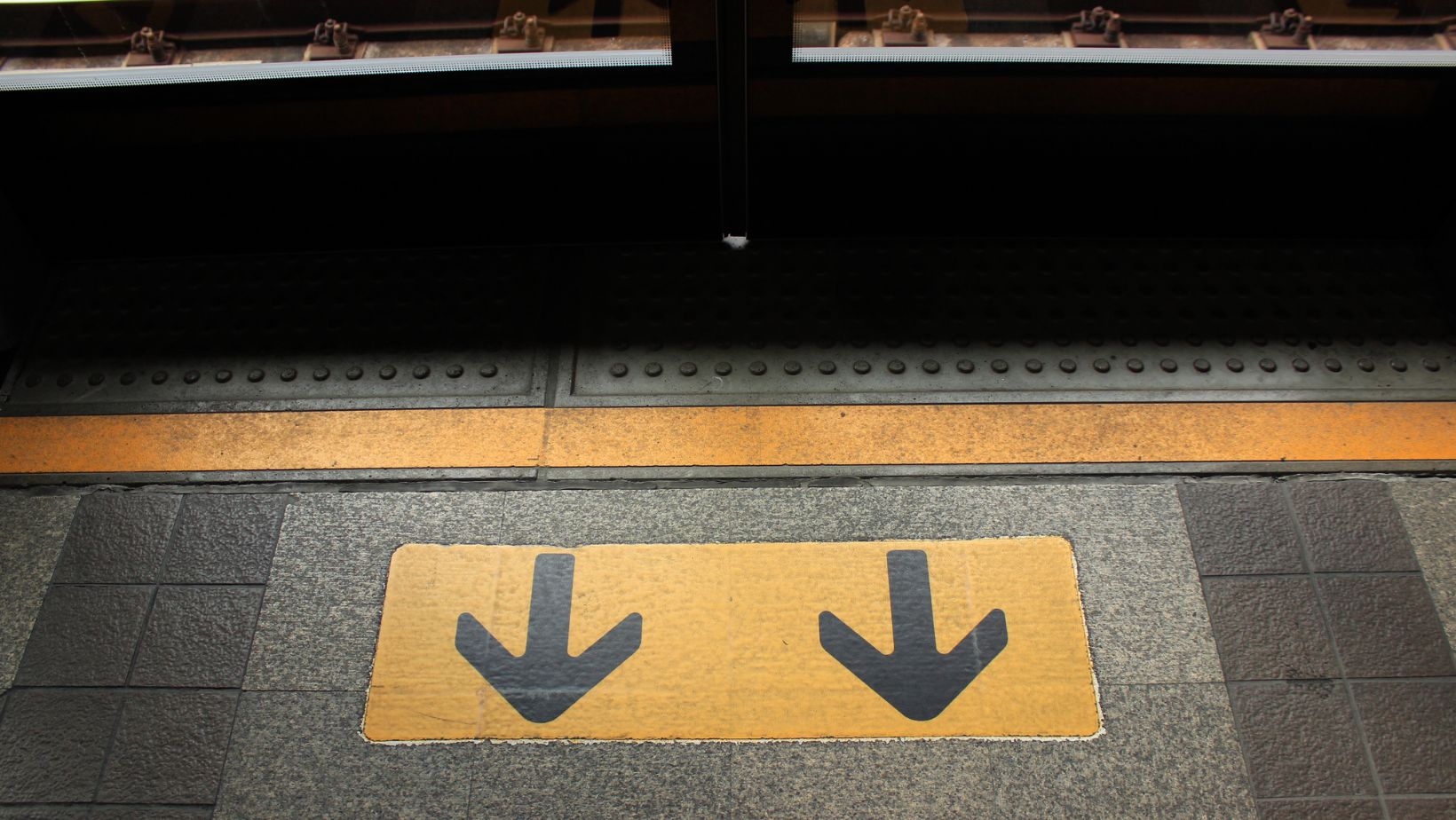Floor directional signage you can buy on Bsign Store is a critical element in the design and functionality of modern buildings. It serves to guide occupants and visitors through complex interior environments, ensuring efficient navigation and promoting safety. This type of signage is essential in various settings, including commercial buildings, healthcare facilities, educational institutions, and transportation hubs.
Enhancing Navigation
The primary purpose of floor directional signage is to aid navigation. In large or multi-level buildings, it can be challenging for individuals to find their way without clear and concise guidance. Floor directional signs provide visual cues that help people move from one point to another with ease, reducing confusion and preventing disorientation. This is particularly important in emergency situations where quick and efficient evacuation is necessary.
Improving Accessibility
Floor directional signage also plays a crucial role in improving accessibility. By offering clear directions to key facilities such as elevators, restrooms, exits, and accessible routes, these signs ensure that all individuals, including those with disabilities, can navigate the building independently and with confidence. Compliance with accessibility standards, such as the Americans with Disabilities Act (ADA), often necessitates the inclusion of specific signage features to accommodate diverse needs.
Promoting Safety
Safety is a paramount concern in any building, and floor directional signage contributes significantly to this aspect. In addition to guiding daily navigation, these signs provide critical information during emergencies.

For example, in the event of a fire or other hazardous situation, clearly marked exit routes and evacuation paths can save lives. Moreover, signage indicating the location of emergency equipment, such as fire extinguishers and first aid kits, is vital for prompt response.
Design Considerations for Effective Floor Directional Signage
- Clarity and legibility: For floor directional signage to be effective, it must be clear and legible. The text should be easy to read from a distance, with appropriate font size and style. High-contrast color schemes, such as black text on a white background, enhance readability. Additionally, the use of universally recognized symbols and icons can aid comprehension, particularly for individuals who may not speak the local language.
- Consistency and placement: Consistency in the design and placement of floor directional signage is crucial for maintaining a coherent visual flow throughout the building. Signs should be placed at regular intervals and at key decision points, such as intersections and junctions. The information provided must be consistent and reinforce the overall wayfinding strategy. This uniformity helps users develop a mental map of the environment, making navigation more intuitive.
- Durability and maintenance: Durability is another important factor in the design of floor directional signage. Signs should be constructed from materials that can withstand wear and tear, especially in high-traffic areas. Regular maintenance is necessary to ensure that signs remain in good condition and continue to provide accurate information. Faded, damaged, or outdated signs can lead to confusion and compromise safety.
Floor directional signage is an indispensable component of effective building design and management. By enhancing navigation, improving accessibility, and promoting safety, these signs play a vital role in ensuring a positive and secure experience for all building occupants and visitors.



More Stories
Luxury Glassware for Yachts — Which Collections Are Worth Bringing On Board
Zoning Spaces Within a Single Room: Architectural Strategies for Spatial Clarity
Luxury Upgrades on a Budget: How to Achieve a High-End Look for Less